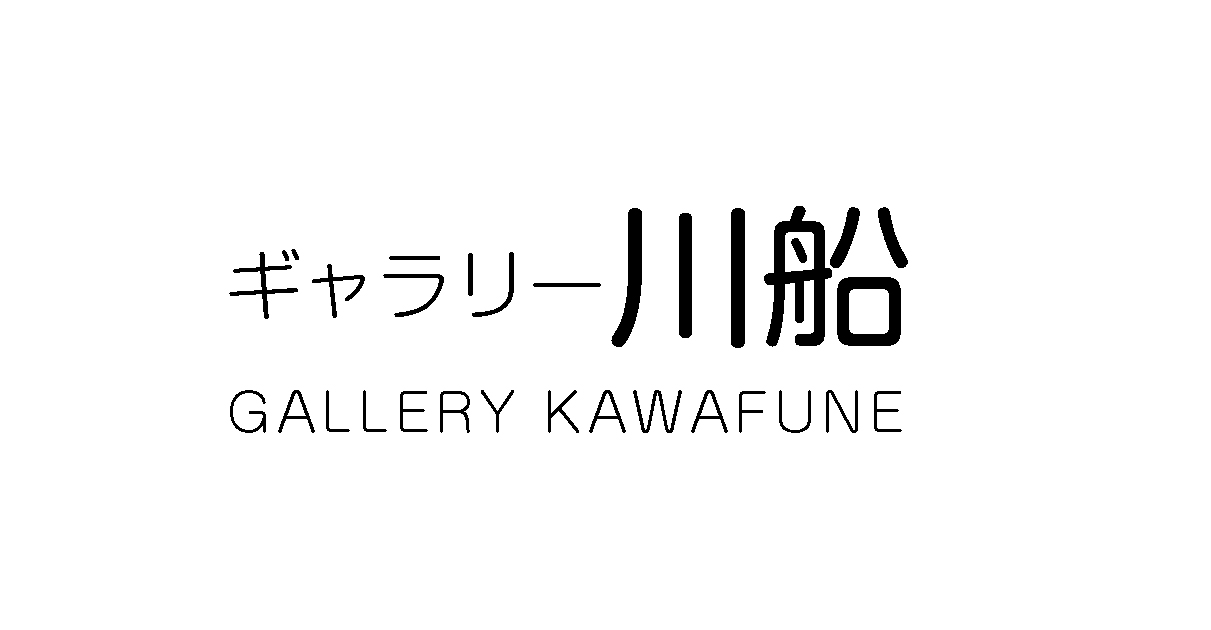野田哲也 / 相笠昌義 / 吉村芳生 / 太田三郎 / 斎藤美奈子
2008.10.18 (土)-22 (水)
会場:Hangaram Art Museum of Seoul Arts Center
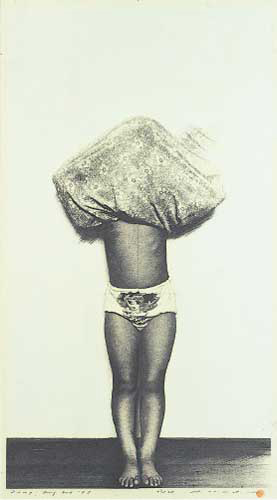
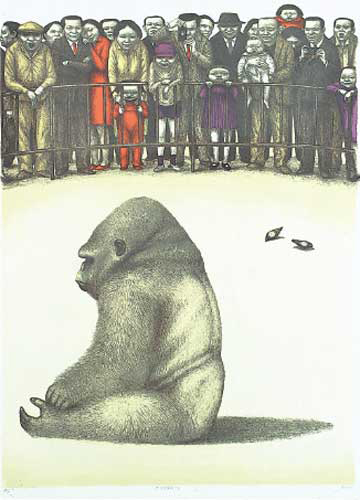
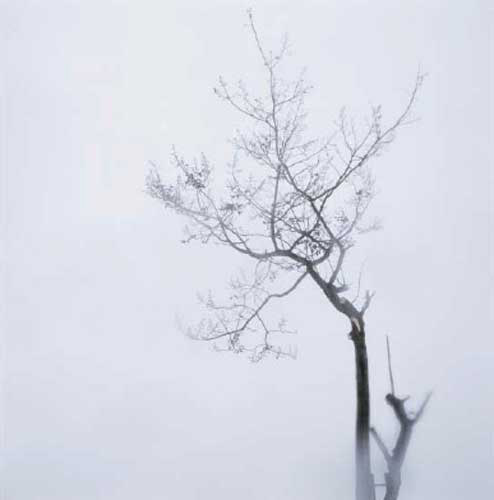
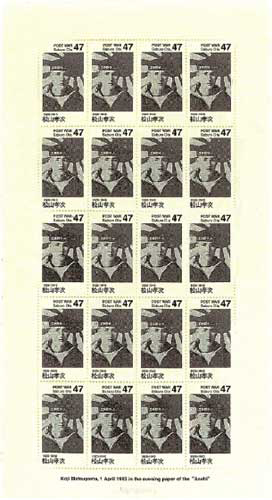


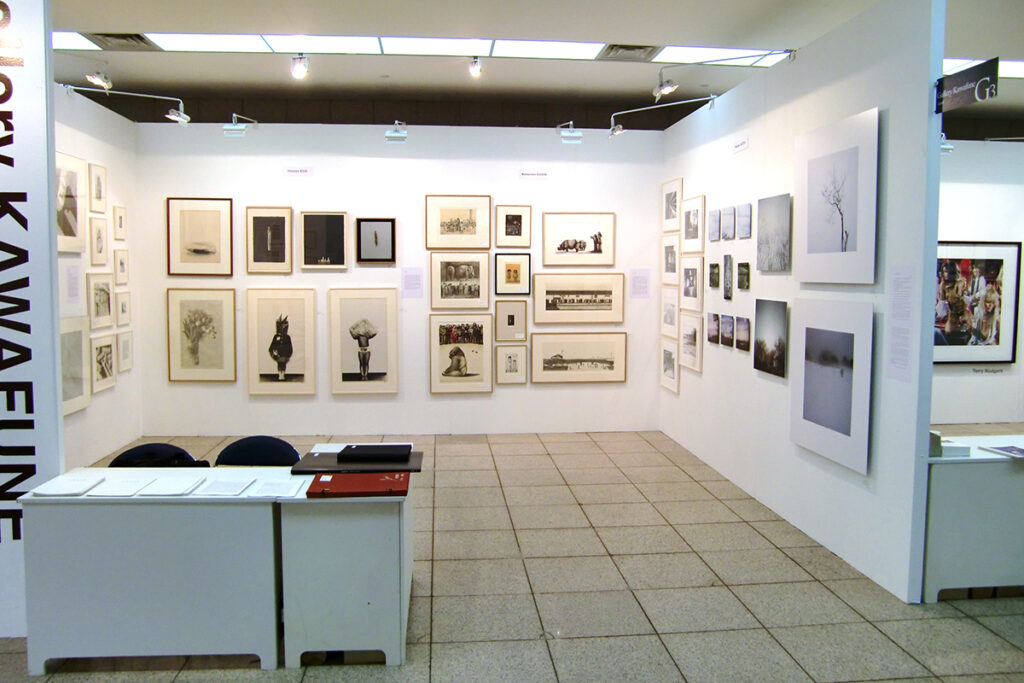
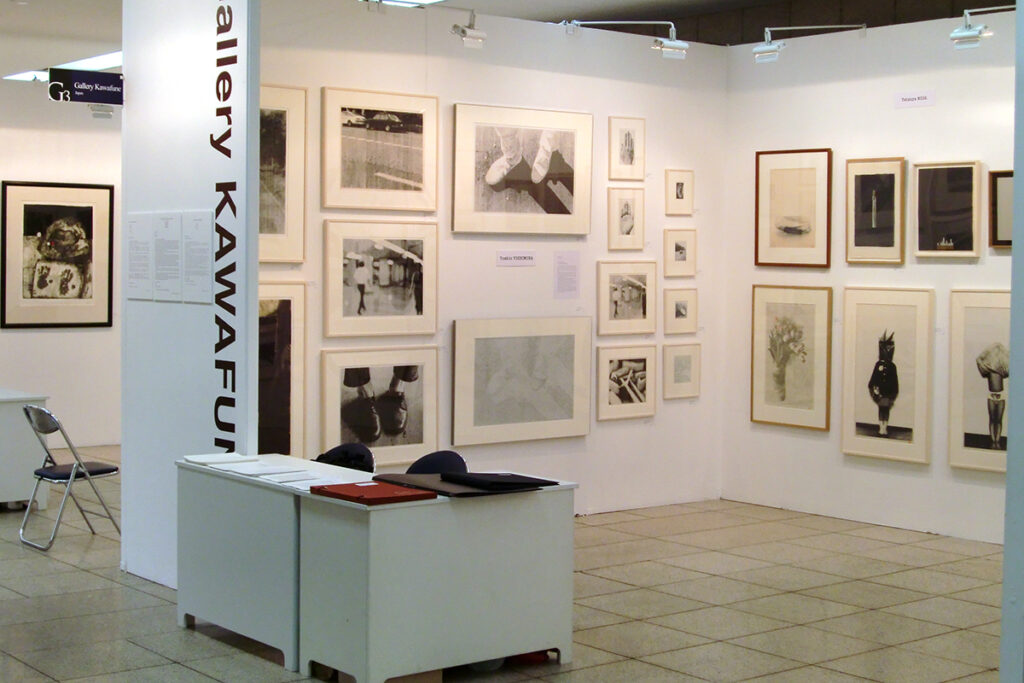
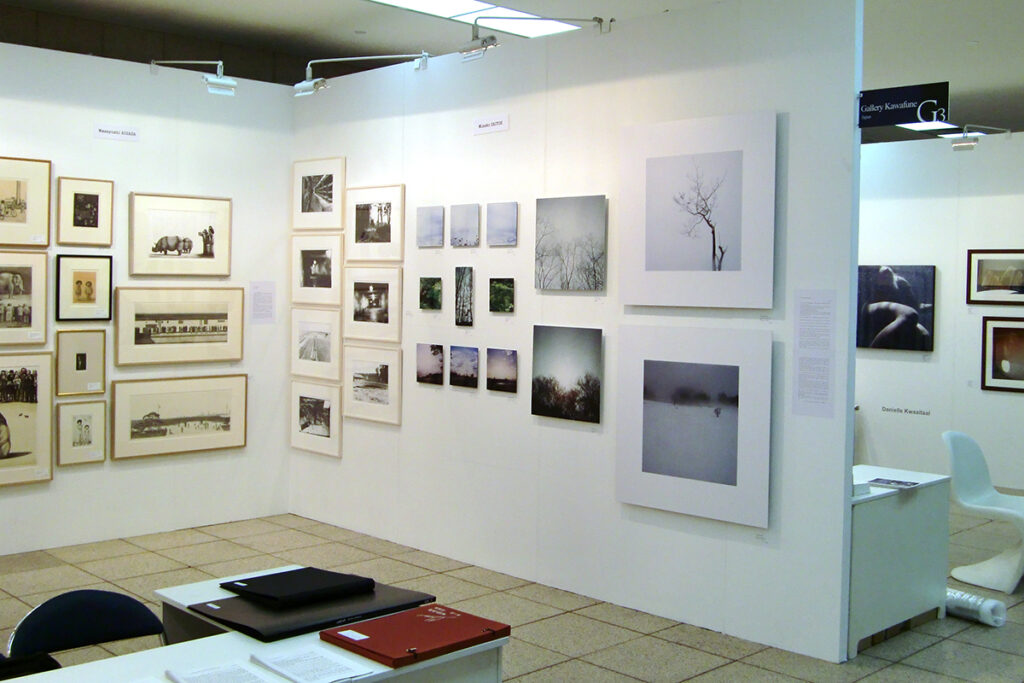
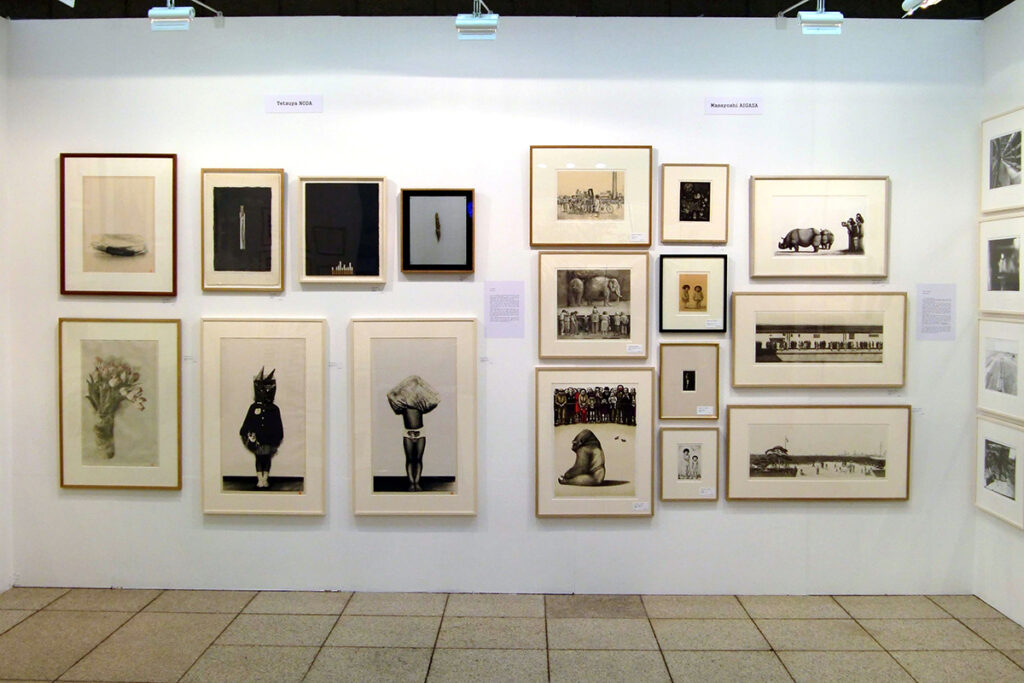
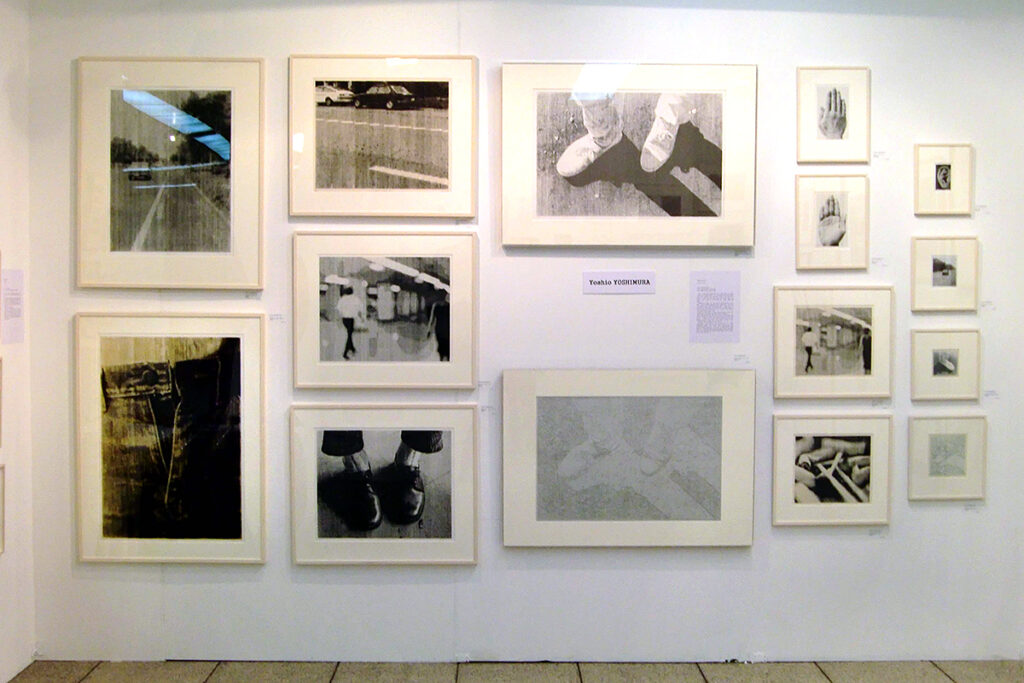
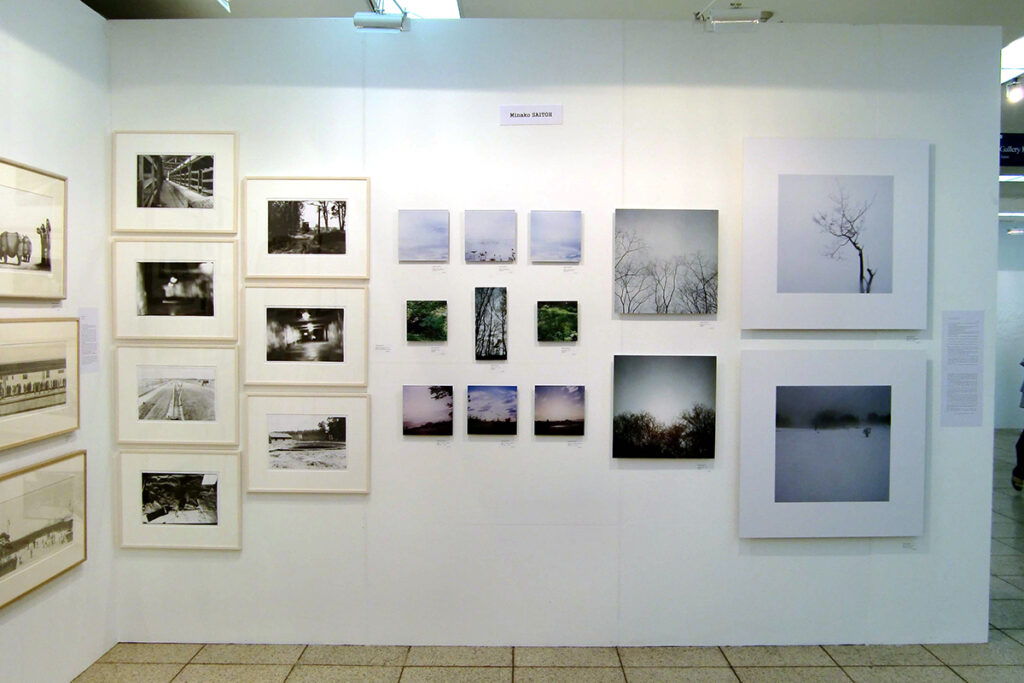
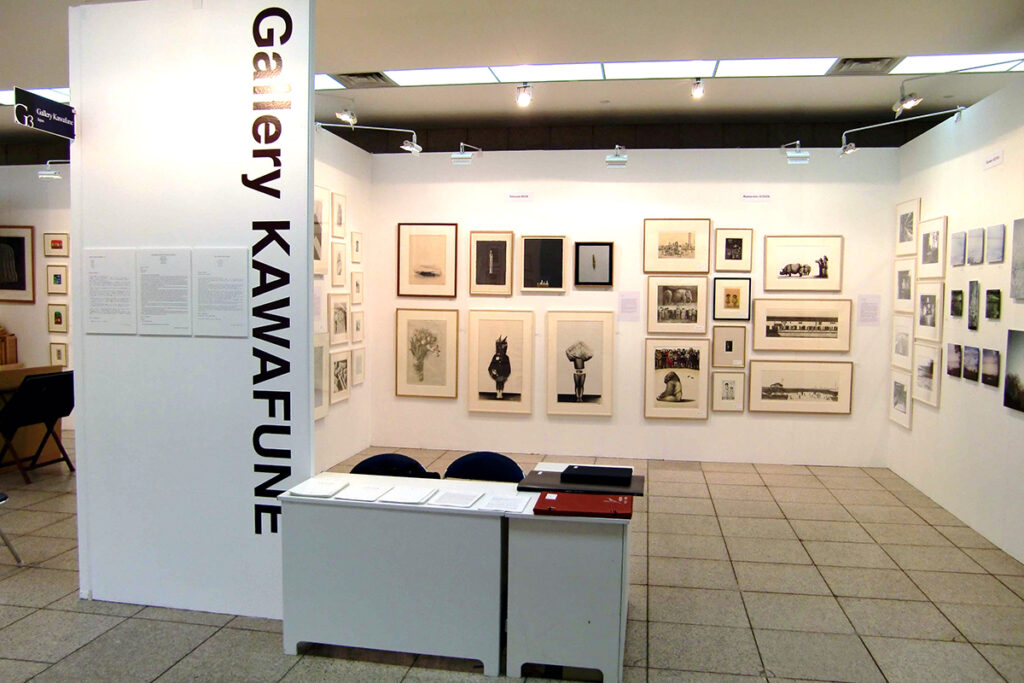
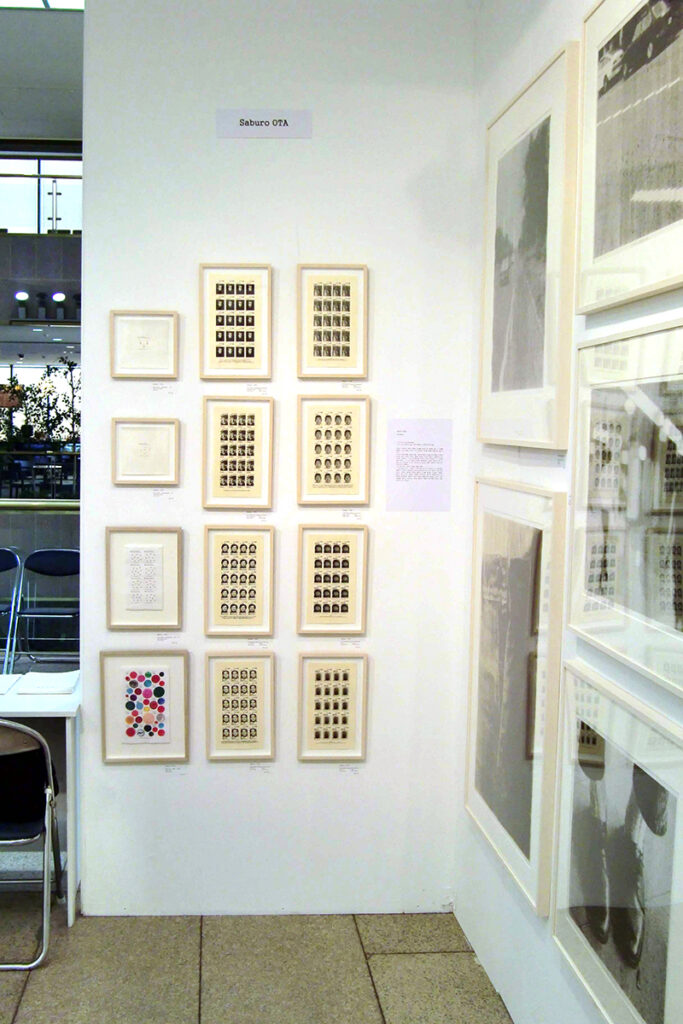
| 《日常≒反日常≒非日常》展について |
| 野田哲也 相笠昌義 吉村芳生 太田三郎 斎藤美奈子 (順不同) |
| 戦争と畳の上の団扇かな この俳句は三橋敏雄という方が1982年に詠んだ句です。 畳や団扇は、日本ではありふれた日常の庶民的な物です。この庶民的〈日常〉が戦争という〈非日常〉と並置され、そこにポンと置かれることで表現される、奇妙なリアリティ。しかし、この句がつくられた当時の詩的状況下では、〈戦争〉という言葉はすでに詩語としてのリアリティを喪失していました。 日本の‘80年代は、その前の10年間で反体制的潮流が急速に衰退し、ほとんど消滅させられてしまった時代です。その屍上に築かれた社会的・経済的「安定」と「豊かさ」が国民に繁栄をもたらし、それが「幸福」であるとおもわれた時代です。同時に、ものごとや人々の奥深いところに仕舞い込まれ、忘れ去られたものが徐々に饐え、腐臭を放ちはじめた時代でもありました。 今回展示される5人の作家たちは、多少大雑把な括り方をすれば、この俳句を詠んだ人と同じ質の視線、方法論をもって制作・表現しているといえます。 自己と他者とをつなぐ日常性に、深く、執拗に、あるいは繰りかえし係り合い、その制作の積み重ねを通して〈日常〉とその奥ないしは反対側になくはない〈反日常〉、〈非日常〉が、実は、その連続性に於いて同次元の事柄だということをアートとして主張しています。〈日常〉に拘泥し見据えつづける視線が、ふと引っぱりだしてしまったもの。得体のしれない、気づけばすぐ横に立ち顕われた、もの。〈日常〉と〈日常〉を繋ぐその連鎖の、一体どこで〈反〉となり、どこから〈非〉へと変わっていくのか。 別の角度から彼らの表現をみると、また、異なった相貌が見えてきます。観者は、どこかに一抹のもの悲しさを感取しながら、いつしか癒されている自己を見出します。この〈癒される〉感覚とは、ある種、懐古的、内省的感覚に似ています。 この言説は先に述べたことと矛盾しているように思えますが、誤解されてならないのは、彼らが「非日常」を描き出そうとしているわけではないということです。 日常の諸々の位相を截り取る彼らの視線は、至極穏やかです。淡々として、温かく、愛情深くさえあります。ただ、彼らのすぐれた眼や感性が、図らずもその先にあるもの、否応なく見えて来てしまうものまで同時に現出させてしまうのです。 私たちは、この地球という一つの宇宙船に住み暮らす運命共同体の一員なのだということが、近年ほどはっきり自覚できる時代はありません。不幸にして、負の要因が強く働けば働くほど、それは強く意識されます。 地球環境の破壊は、衆知のように、もはや一国ごとの思惑をはるかに超え、政治的、経済的、宗教的な対立は、より激化し先鋭化しています。持てる者と持たざる者の格差の拡大と軋轢は、国・地域ばかりでなく、各国内において一層の拡大を見せています。戦争にたかる無数の蠅しづか 三橋敏雄の句をもう一つ紹介し、この文を終えます。 |
| ギャラリー川船 川舩 敬 |
* * *
| On the exhibition “Everyday≒Antieveryday≒Noneveryday” |
| Tetsuya NODA/Masayoshi AIGASA/Yoshio YOSHIMURA/Saburo OTA/Minako SAITOH |
| 戦争と畳の上の団扇かな We see the fan on tatami and the war This Haiku was made in 1982 by Toshio Mitsuhashi. Tatami mats and fans (uchiwa) are banal stuff in the everyday life of ordinary people in Japan. These ordinary “everyday” things are juxtaposed with the “noneveryday” war, and a strange reality is produced by this sudden juxtaposition. However, under the circumstances for poetry at the time when this Haiku was made, the word “war” had already lost its reality as a poetry word. The 1980s in Japan followed a decade of rapid decline of the antiestablishment trend, which by that time had almost been extinct. It was a time in which social and economic “stability” and “wealth,” which were built on the remains of that trend, brought prosperity to the Japanese people, which was thought to be “happiness.” Also, it was a time in which what had been buried deep inside things and people and forgotten gradually began to rot and emit the stench. The five artists featured in this exhibition can be said, if I categorize them somewhat roughly, artists who work with a vision and approach of the same nature as the Haiku poet’s. They deal with everyday things ? which connect them with others ? deeply, obstinately or repeatedly, and claim, through the accumulation of their works, that the “everyday” and the “antieveryday” and “noneveryday,” which can exist behind or on the other side of the “everyday,” are actually things on the same dimension, for their continuity. This is what their art is about. What has been brought out unexpectedly by their tenacious gaze on the “everyday.” What is unknown but has been sensed just next to us. At which points in the chain connecting one stage of the “everyday” to another stage does it turn “anti-” and change into “non-”? Looking at their expressions from another angle, a different aspect comes in sight. While feeling a touch of plaintiveness, viewers find themselves healed without noticing it. This sense of “being healed” somewhat resembles a retrospective, introspective sense. This might sound contradictory to what I said before, but what one should not misunderstand is that they are not trying to depict the “noneveryday.” Their eyes that cut out various aspects of the everyday are extremely calm. They are serene, warm and even affectionate. But their excellent eyes and sensibilities unintentionally reveal, at the same moment, what exists beyond the everyday, what inevitably comes into sight. In no other time could we realize that everybody is a member of a community living in the same spaceship called Earth. Unfortunately, the stronger the adversity, the clearer we realize that. The destruction of the global environment, as it is widely known, reaches beyond the countries’ borders, and political, economic and religious conflicts are getting more heated and radical. The enlargement of the disparity between the haves and have-nots and friction between them are becoming more conspicuous in each country. 戦争にたかる無数の蠅しづか The war infested with innumerable silent flies I finish this essay by introducing above another Haiku by Toshio Mitsuhashi. |
| Takashi Kawafune, Gallery Kawafune |
